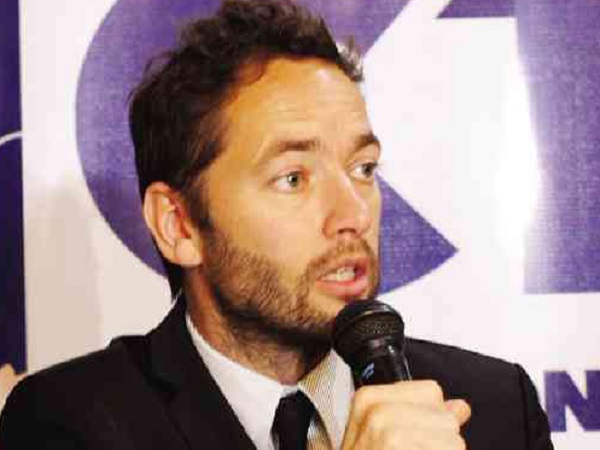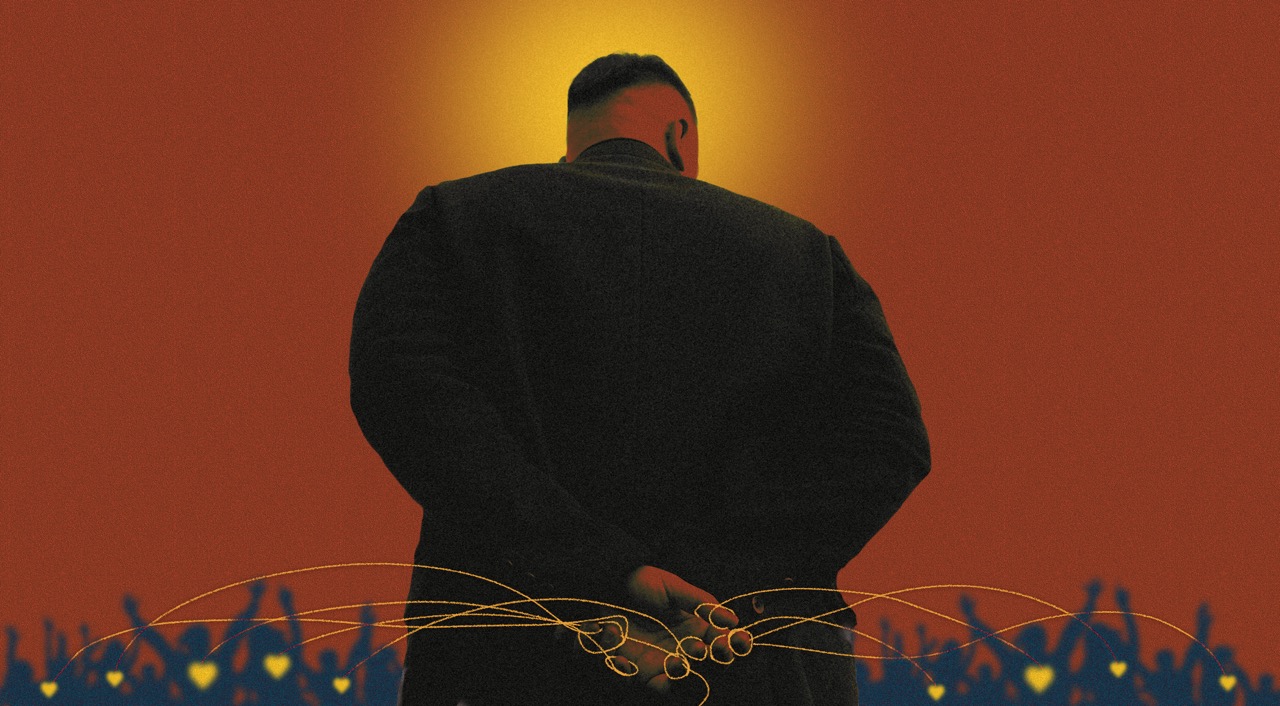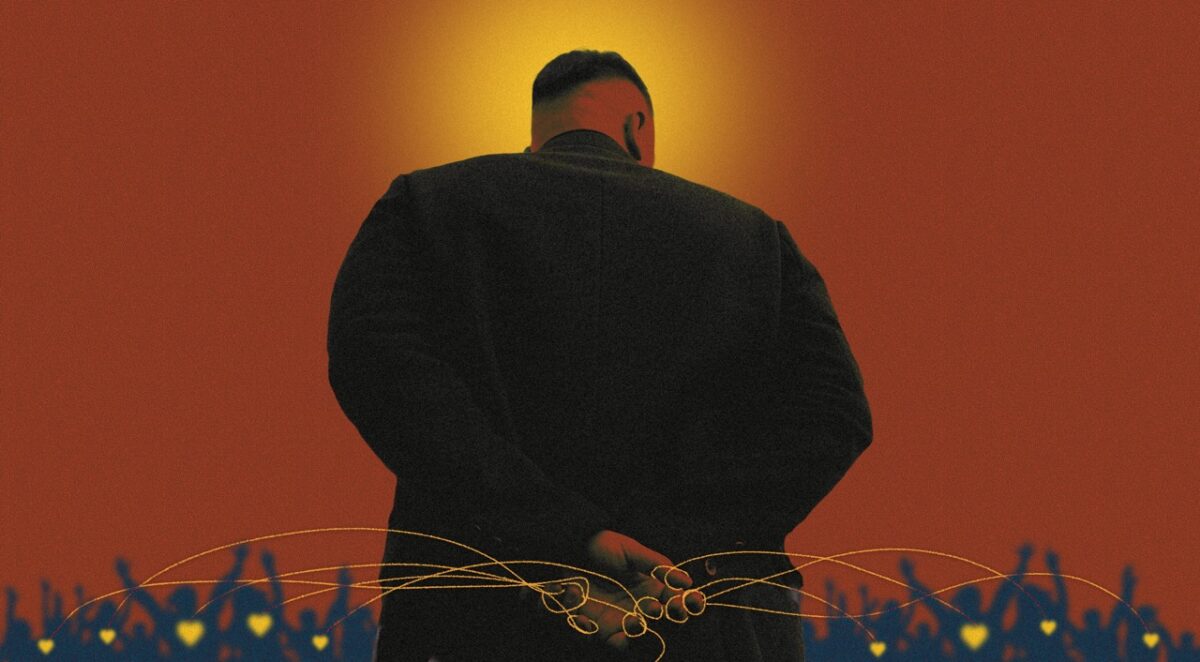
Director, writer and producer Sean Ellis (“Cashback,” “The Broken”) was on holiday in Manila when an incident caught his eye. “My first week, I witnessed two armored truck drivers having an argument on the street; it ended with one of them kicking the tire in frustration, then they got in and drove off. I was wondering what they were arguing about. It was so intense I thought they were going to shoot each other,” he recalls.
This scene was the seed that gave birth to “Metro Manila,” the film that Sean wrote and directed.
Shot for 35 days in November 2010, “Metro Manila” is Bafta’s (British Academy of Film and Television Arts) selection as the British entry in the Best Foreign Language Film category of the 86th Academy Awards. It premiered early this year at the Sundance Film Festival where it won the Audience Award for World Cinema Dramatic.
“Metro Manila” stars Jake Macapagal, Althea Vega, John Arcilla and Ana Abad-Santos. It follows the struggles of family man Oscar Ramirez who moved his family from Banaue to Manila in search of a better life. His efforts to provide for his family end in tough choices that will threaten both his life and his family.
Difficulties
But before Sean could start shooting, he had trouble finding money for his project. “When I was looking for financing, American companies would ask, ‘Could we put a Westerner in it?’ That’s not the idea I’m following. I felt it needed to be in Tagalog, too. I wanted Filipinos to think of it as a Filipino film as much as it is a British film,” he explains.
Though funding a film in Filipino was very difficult, Sean was firm that it had to be in Manila. “I’m a great believer in the laws of creation. I was given this idea on the streets of Manila, and I wanted to be faithful to the idea because I felt that it was given to me as a gift. I continued, rather pigheadedly, to make the idea work here in the Philippines,” Sean adds.
Casting was another big question mark for Sean, since the actor network in the Philippines is very different from the Western model of casting directors and talent agencies.
How were the actors cast? “Sexual favors, mainly,” Sean deadpans. “You’ll be quoted for that!” Jake interjects.
“I was introduced to Jake by Celine Lopez (one of the film’s executive producers),” recalls Sean, “and she said to me, ‘You should meet Jake Macapagal because he’s a great theater actor here; he has a great network of people, he’ll be able to connect you with a lot of actors.’”
Unexpected
From being the film’s ad hoc casting director to playing the lead character was a leap Jake had hoped for, but did not expect. “I was the ‘black book,’ that was it,” he says. “When I saw the character breakdown, ’di talaga swak sa personality ko e. Sa theater, marami akong roles na puwedeng gawin; pag movie kasi, iba. Yun din ang maganda sa foreigner, they have no idea about your background, they will cast you as they see you and how you read.”
He adds: “Dito kasi, it’s a small industry … ‘Ah, si Jake, dito lang yan, di puwedeng action yan.’ Malay nila? I took up stage combat as an actor, you have to practice and train. So I have a lot of talents, di pa lang nadi-discover.”
Sean had a different plan for Jake, though: “Jake and I had breakfast. Celine was with us. I was explaining to him what we needed cast-wise, and my phone starts buzzing on the table. I look at it, and it’s a text from Celine, who’s sitting next to me. It said, ‘Don’t you think he looks the sort of actor that could play the leading role?’ So I text back, ‘Yes, he does. Can he act?’ My phone buzzes again. ‘Well, I effing hope so, he’s an effing theater actor.’”
Adds Sean: “That afternoon Jake had organized a couple of actors to come in and read for the role of Mai and we put them both on camera. It was a very intimate scene between husband and wife. It was after this reading that I saw Jake as Oscar. That evening, I said to Jake, ‘Would you take this journey with me and be my Oscar?’ And he said no. He checked his schedule; I think he was playing hard to get.”
After Jake had cleared his schedule, it was time to complete the roster. The film’s ensemble consisted mostly of theater actors, which was deliberate on Sean’s part. “We tried to populate it with as many theater actors as possible,” says Sean. “There are some great TV actors out there, but the discipline is slightly different for me; I wanted it pulled back a little bit, so we really looked at a lot of theater actors who would be able to give us subtle performances. One of our mantras was, ‘It’s not what was being said, it’s what’s not being said.’ That was very important for the film.”
Jake’s role as a beleaguered family man required no preparation. “It’s so funny,” he explains. “Tinanong nila ako sa Bafta how I prepared; I told them I didn’t have to do method, I see it all the time. As a theater actor, I will admit and say that I know how it is to have no money. Mangungutang ka sa nanay mo or something, ‘di ba? I don’t have to go deep down in my soul for that.”
But the odds may yet go in Jake’s favor. “There were some agents who picked me up when we were in Sundance,” he says. “ICM handles Al Pacino, Beyonce, Jodie Foster and Christophe Waltz. I’m speaking with an agent. There’s also an agent in the UK, the agent of Danny Boyle. It’s all possibilities, nothing on paper yet. This is not just for me, this will open doors for a lot of Filipinos.”
It’s a big jump, considering that he can’t even get a guest slot on “The Buzz.”
Selling the film
“The challenge is selling the film here because I’m not known. Even most media people don’t know who Jake Macapagal is. Di kami maka-guesting, nag-guest kami sa ‘The Buzz,’ pero online lang,” he says with a laugh.
Joel Torre was originally cast as the antagonist but he had committed to Brillante Mendoza’s “Captive,” which was being filmed the same time as “Metro Manila.”
Sean says, “We were already filming when Jake mentioned John Arcilla. John came in and did an interesting thing at the reading. He gave the character a complexity. Ong is the antagonist, but John put a likability to him. All’s well that end’s well or, as my mom likes to say, ‘What’s for you won’t pass you.’”
The role of Mai went to Althea Vega. This is her second major role following “Amor y Muerte.” Casting Mai was difficult as well, according to Sean: “Four Mais came in, and they were all amazing, so we were stuck. We didn’t know which one to get; we whittled it down to two—that was really difficult—and we didn’t want to let go of the (other) two. We had Althea and Ana (Abad-Santos). We had them come back again and do a second reading, ’cause we thought maybe one of them would crumble under the pressure … In the end we decided to go with Althea as Mai, but I didn’t wanna let go of Ana, so I asked her to play John Arcilla’s wife. Though it was a smaller role, she thankfully said yes and I’m glad I got to keep them both.”
Biggest challenge
Filming took them to locations in Tondo, Makati, and Banaue in Ifugao province. Sean credits the cast and crew for the authentic Filipino tone of his film. Though it had a budget for a translator, they ultimately decided to let the actors have a go at translating the dialogue themselves, which gave it a flow that was organic to their respective characters.
This process was liberating for Sean as well. Since he didn’t speak Filipino, it allowed him to focus direction on body language and facial expressions instead of dialogue delivery. He did pick up a few Filipino phrases, though. “There’s sort of weird little things that they say in the film that I kinda picked up on,” he recalls, “like ‘Salamat po,’ and ‘Di ba?”
A few things bothered Sean during the production. “I was doing a lot of jobs—cinematographer, director, recording sound, as well as being the writer and the director. It was a very physical shoot for me. I would take three T-shirts to work every day and sweat through all of them. The heat was probably the biggest challenge.”
‘Let’s fly to Banaue’
The road trip to Banaue was another one. Sean recounts: “Originally when we got here, the script was, ‘Exterior: rice field, family takes train to Manila.’ My production manager took a look at it and shakes her head, ‘There’s no train from Banaue. They take the jeepney.’ What’s that? ‘Those things that look like WWII jeeps that have been chromed.’ OK. So I said, ‘Let’s fly to Banaue, where’s the nearest airport?’ And she shakes her head again. Uh-oh. It’s an 18-hour drive.
“So we went up to Banaue in two vans. I was just thankful that we didn’t die. What I love about the Filipinos is the way they drive. They drive like they walk. If there’s a space, they just go to it. I also love this rule as well: If you’re overtaking, it’s up to the other person to slow down, right? Where we come from, you only overtake if there’s a space. I remember being in this van, driving up to Banaue with a driver who had a bit of a tic, had his eyes shut quite all the time, and he was overtaking 18-wheelers on the wrong side, and I was thinking, ‘We’re gonna die before we get to Banaue.’”
Ghost encounters
And then there was the matter of ghost encounters. “We got to Banaue and there was a ‘brownout,’ as you like to call it. Everyone in town was walking around with candles, it was really spooky, like something out of a David Lynch movie. Then we got delivered to this most haunted hotel you can imagine. I woke up and the production manager was, ‘We’ve got a big problem.’ I asked, ‘What’s wrong?’ She said, ‘About three or four of the crew have ghosts sitting at the end of their beds.’ And I was like, ‘Are you kidding me? Ghosts?’ So she said, ‘Yeah, you better speak to them, they’re worried.’
“I went to visit them in the hall, and there were 10 people huddled together in the middle of the room, looking like a scene from ‘Scooby-Doo,’” Sean recounts with a laugh.
“We went to our first location and there was a guy saying, ‘The spirits don’t want you here.’ That was the first thing he said when we got out of the van.”
Jake interrupts: “He was speaking in English?”
Sean retorts: “No. He had subtitles. I was like, ‘Yeah, whatever. Here’s my permit.’ But then one of our cameras, which was on a tripod—the legs had almost just failed, it was about 10 meters from where it was—was sinking into the rice fields. So I ran out and pulled the camera. At that point, I joined in on the prayers to try and get rid of the ghosts of Banaue. I was like, ‘OK, we’re supposed to be here five days, let’s do it in three, let’s get the hell out of Banaue.’ It’s kind of a spooky place but utterly beautiful.”
Sean says he already feels like an honorary Pinoy, having been treated to reckless driving, ghosts, and Jollibee. His vegetarian choices for meals proved difficult for the crew. “I was surprised there wasn’t a revolution. They were really angry they got vegetarian food. I thought they were going to throw it to the wall and start going on strike, ‘We want meat, we want meat.’ The crew ate Jollibee every day. I just had the rice. I ate rice for 35 days,” Sean jokes.
“Metro Manila” will premiere on Oct. 9 in cinemas nationwide.












































